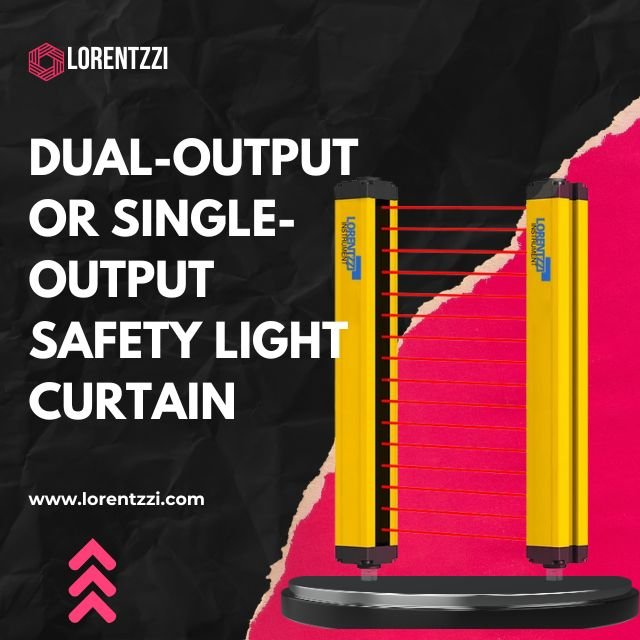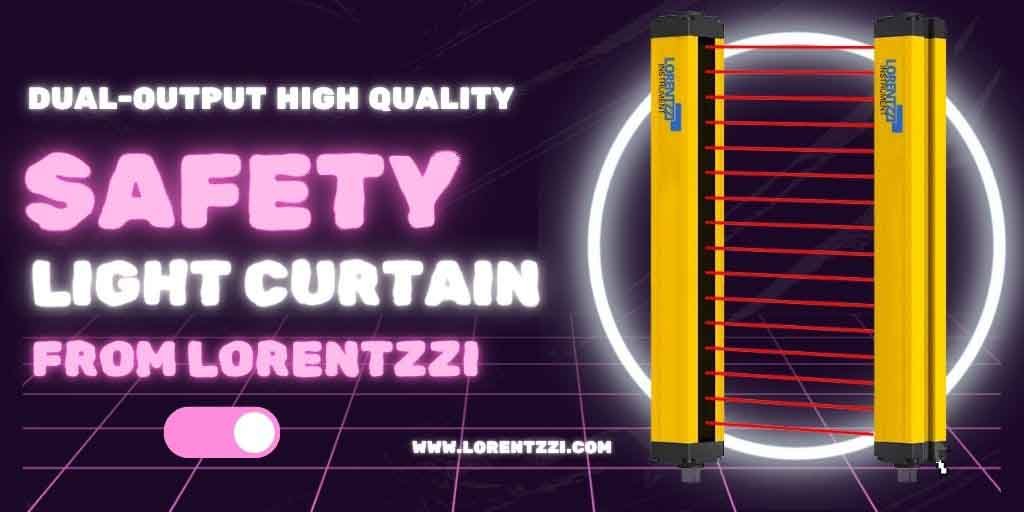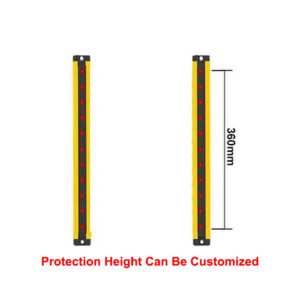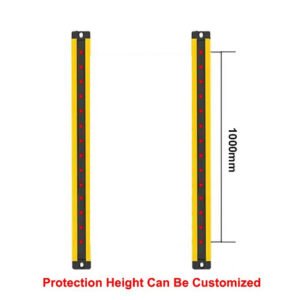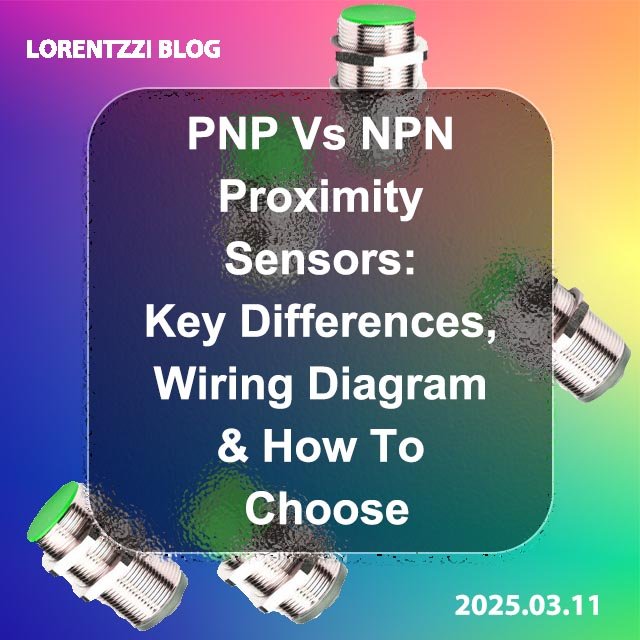Imagine this: You’re looking for a safety light curtain to protect your workers from hazardous machinery, but when you search for suppliers, they tell you there are two types available: single-output and dual-output.
So, how do you choose? What are the differences between these two types? Which one is more suitable? This article will answer these questions one by one.
Let’s continue!
What is a single-output safety light curtain?
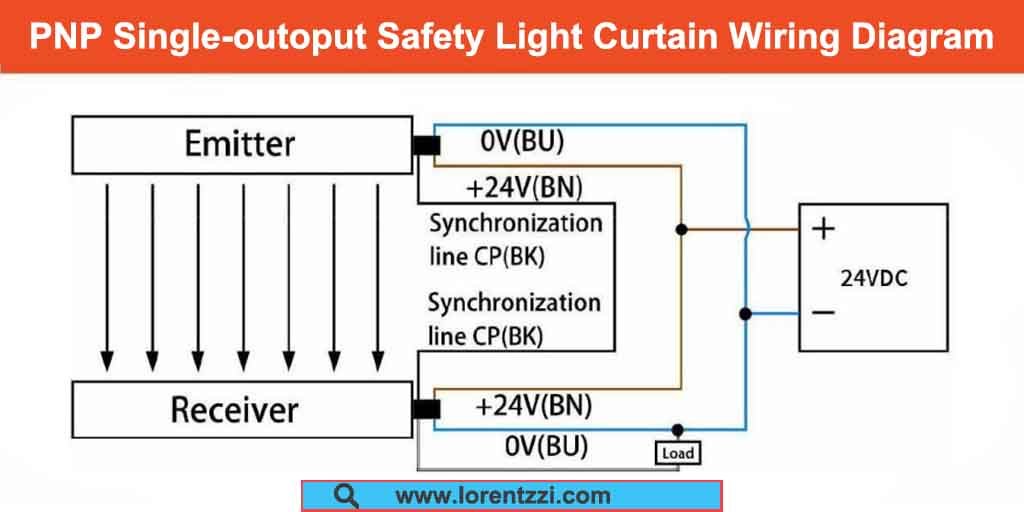
To better understand the differences between single-output and dual-output safety light curtains, we first need to clarify their definitions and working process.
A single-output safety light curtain, as the name suggests, has only one independent safety signal channel. It typically supports one output type, which can be transistor PNP or NPN, or no-voltage relay.
Now, let’s take the most commonly used “single-channel normally closed (NC) PNP” safety light curtain as an example to explain its working process:
- When the infrared light beams(Note: the light beams are the main components in the safety light curtain, it can form a light barrier to detect entrance from outside) are not blocked (normal state), the safety light curtain maintains an active output. A voltage signal (e.g., 24V DC for PNP) is present between the output wire (usually black or brown, depending on the manufacturer) and the negative terminal, keeping the “normally closed” state.
- When the infrared light beam is blocked (intrusion detected), the output deactivates. The voltage between the output wire and the negative terminal disappears, and the signal switches from “normally closed” to “normally open.”
This signal change must be connected to a safety-rated controller (such as a safety relay or safety PLC), which then drives a contactor to cut off the machine’s hazardous power supply—ensuring compliance with safety standards (e.g., ISO 13849-1) and avoiding direct wiring risks.
What is a dual output safety light curtain?
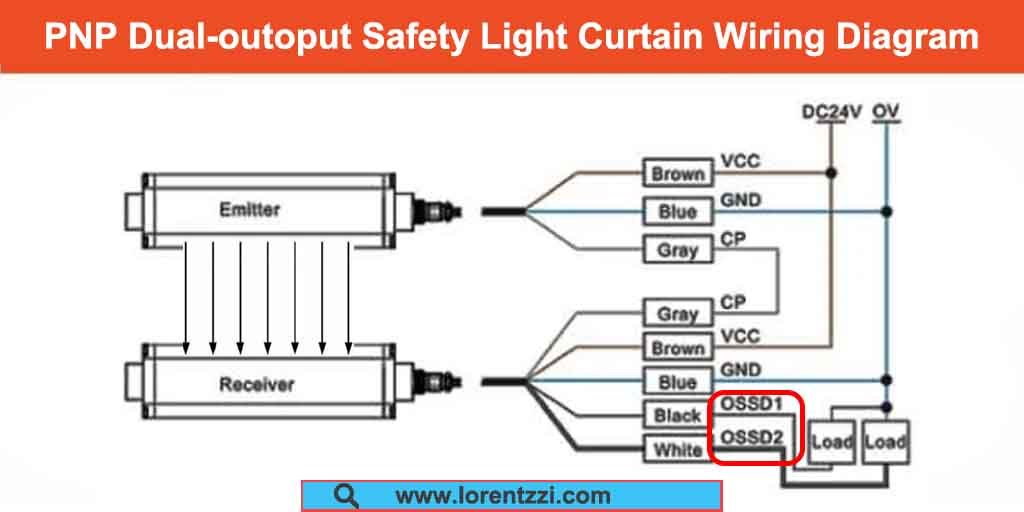
Now let’s look at dual-output safety light curtains.
Similar to single-output safety light curtains, dual-output safety light curtains support common output types, including PNP, NPN, and relays.
The main difference lies in having two independent safety output channels, typically labeled OSSD1 (Output Signal Safety Device 1) and OSSD2 (Output Signal Safety Device 2) in industry practice.
These two channels work together to meet stringent safety standards (e.g., EN 61496, ISO 13849-1), ensuring redundant monitoring of the light curtain’s status.
To illustrate its operation, we’ll use a common configuration as an example: a dual-output safety light curtain with a normally closed (NC) PNP output. Its workflow is as follows:
- When the light beam is unblocked: Both OSSD1 and OSSD2 maintain active output. A 24V DC voltage signal exists between each output line (e.g., black for OSSD1, brown for OSSD2) and its negative terminal, maintaining a “normally closed” state. This synchronized active signal notifies the safety controller (e.g., a safety PLC) that the protected area is intact.
- When the light beam is blocked: Both OSSD1 and OSSD2 fail simultaneously. The 24V DC voltage between both output lines and their negative terminals disappears, and both signals synchronously switch from a “normally closed” state to a “normally open” state. The safety light curtain immediately recognizes the intrusion and triggers safety measures (e.g., cutting off the machine’s hazardous power supply).
- If a fault occurs (e.g., OSSD1 is active but OSSD2 fails): If the signals from the two channels are inconsistent, the safety controller will determine that the light curtain has failed and initiate a safety stop—this is the core of the dual-output design’s fault tolerance.
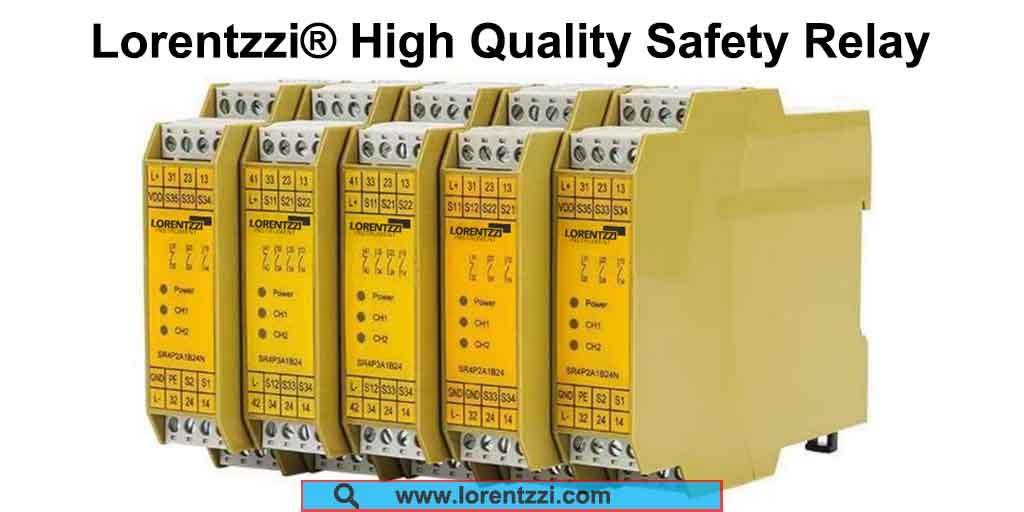
Advantages of using a dual-output safety light curtain
There are several advantages of using a dual-output safety light curtain instead of a single-output one, see below:
- It provides users with redundancy protection: as mentioned above, it ensures the safety system remains effective even if one output channel fails. However, please note that if the output is a relay type, you can wire the two OSSD outputs in series and then control one AC contactor. If the output is a transistor type, such as PNP or NPN, a safety relay or two separate AC contactors are required for dual protection. If you require technical support for the wiring of the two OSSDs, please contact us for assistance.
- It can provide alerts to operators: In addition to the benefits mentioned above, it can also be used in the following ways: one output is used to control the machine’s on/off state to protect the operator, and another output is connected to an alarm, warning light, or touchscreen to alert the operator when a danger happens.
Conclusion
In summary, the dual-output safety light curtain is highly recommended because of its redundant design. Even if one output fails, the other output will still work, which is essential to protect the operator from the impact of heavy and dangerous machines.
Now if you are looking for a reliable safety light curtain supplier and business partner in China, you can send your inquiry to shonxu@lorentzzi.com, we will reply to you within 24 hours.
As a professional supplier in China, Wenzhou Lorentzzi Electric Co., Ltd. offers dual-output safety light curtains with consistent quality and diverse length options to satisfy all your safety demands.

